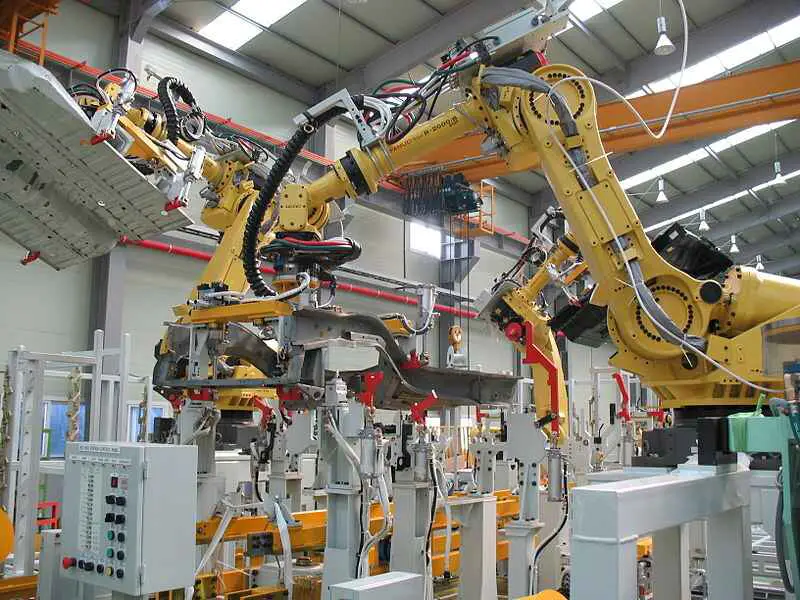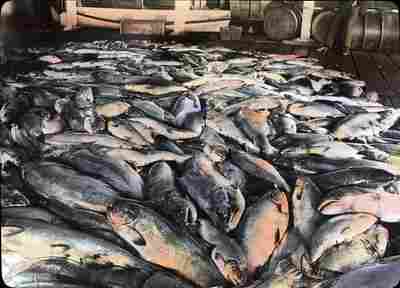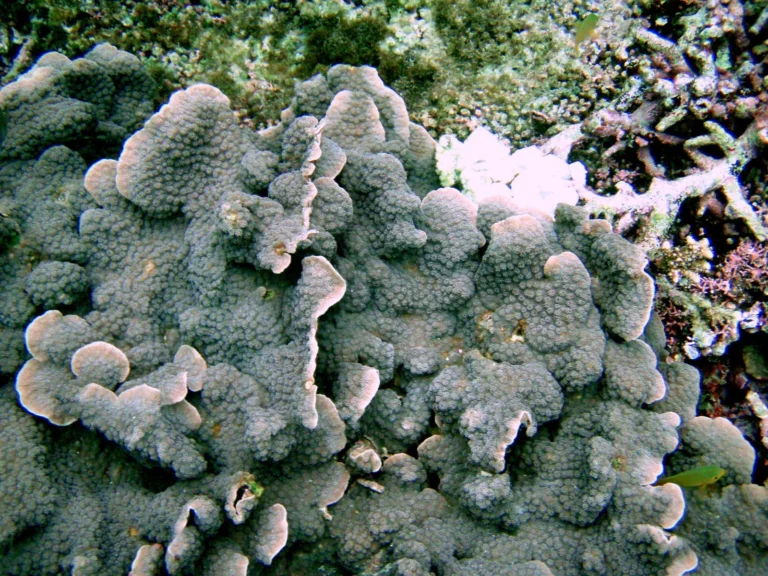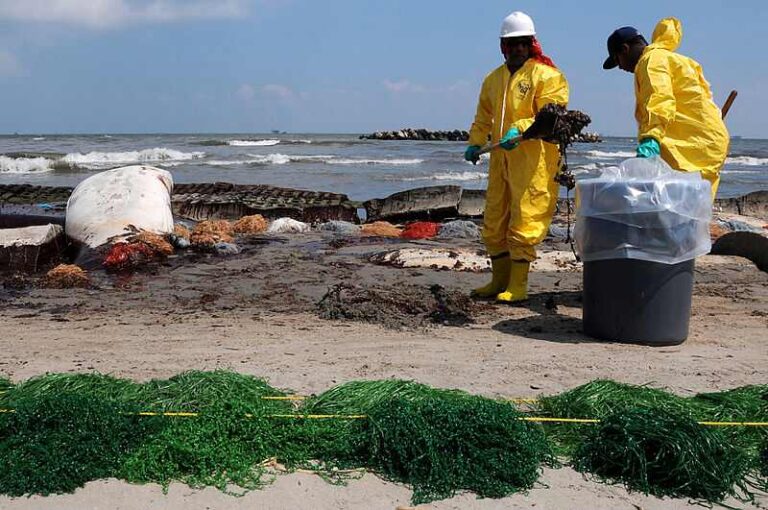5 Environmental Pollution Control Measures Explained
Environmental pollution control measures include; sustainable production, waste management, alternative energy development, environmental protection policy, hazard monitoring and control infrastructure.
They are all effective for reducing the impact of pollution on the ecosystem, economy and society.
This article discusses measures for pollution control, as follows;
1). Sustainable Production (as one of the Environmental Pollution Control Measures)
As the term implies, the idea behind sustainable production is to establish a state of sustainability in the supply chain of raw materials and finished products.
It is synonymous with the concept of circular economy, which is geared toward protecting the environment from all forms of environmental degradation including resource depletion and pollution, while ensuring that quality products are available to the population [3].
Sustainable production may also be effective as a means of environmental pollution prevention because it seeks to reduce the risk of pollution at the point of extracting and processing raw materials.
In sustainable production, materials used to create products are selected so that they have the least hazard potential, and contain few or no potentially-toxic materials.
The sustainable products themselves are designed so that they can be easily recycled with little expenditure of energy.
Some of these products may be made entirely from biomass that can be easily returned to the environment through decomposition. Examples of such include biodegradable plastics, detergents and paints [2].
Lastly, facilities in sustainable production are designed to achieve the best performance in terms of energy conservation, waste management, and energy efficiency.
In addition to selecting the most sustainable electricity generation methods available; they are also configured to reduce the risk of various types of pollution like aesthetic, noise, light, and air pollution.

2). Waste Management
Waste management is also effective as a measure for environmental pollution prevention (P2).
The most basic and effective aspect of waste management, with respect to pollution control, is recycling.
This practice controls and mitigates the severity of pollution, by reducing the amount of waste that is released into the environment. Rather than be disposed as waste, products are rather utilized in a cyclic manner, so that their lifecycle can be extended through refurbishing and reuse.
Waste management works even more effectively when it is combined with sustainable production. This arrangement will ensure that products which are manufactured can easily be recycled and reused, with minimal wastage.
For waste management to help in reducing pollution, it is also necessary to carefully select methods of recycling or disposal that will have the smallest environmental footprint.
This selection must be based on the nature of material involved, and should aim to minimize energy waste and emission of toxins or greenhouse gases.
For example, rather than use incineration as a means of controlling plastic pollution, a more sustainable approach like reuse, can be applied.
Waste-to-energy processes such as anaerobic digestion could also be used to treat organic waste by converting it to biofuel.
3). Alternative Energy Development (as one of the Environmental Pollution Control Measures)
Adopting and using alternative energy sources is one of the most important measures for environmental pollution control.
This is because the energy sector is responsible for a significant proportion of pollution cases globally.
Alternative energy sources include but are not restricted to renewable energy options like wind, solar, geothermal, wave, and hydroelectric. Generally, ‘alternative’ should refer to any energy option with better ecological sustainability and/or performance than the available ones.
Replacing fossil fuel-fired power plants with wind farms, for example, will cut down on greenhouse emissions, toxins from incomplete combustion, degradation in the course of fossil fuel extraction and refinement, and reduce the risk of pollution by oil spill.
While a complete energy transition could be delayed by current shortcomings in the capacity of alternative energy, these alternatives can still serve as backup systems to augment the non-renewable options.
Lastly, care must be taken when selecting renewable energy sources or technologies to be used in a given scenario, to ensure that these options are compatible with the ecologic conditions of their environment.
For example, bioenergy usage is not recommendable in areas that are lacking in adequate organic waste or biomass resources. This will help prevent problems like severe deforestation.
The use of bioenergy as an alternative may also not be recommendable where there are no efficient biorefineries, waste-to-energy systems, or biofuel power plants.
Likewise other alternative energy systems like wind turbines, solar panels and wave power converters may only be selected where the conditions are favorable for their operation.

4). Environmental Protection Policies
Policies can be effective for controlling pollution at the corporate level.
These policies could be enforced in form of taxes, acts, permits, and subsidies that all aim to protect the environment and conserve resources.
Policies can direct or compel large companies to adopt sustainable methods in order to reduce their environmental footprint. They may also go along with incentives to encourage public and private entities to comply with existing environmental regulations [1].
An example of a policy for control of environmental pollution is the carbon tax. Other popular examples are the Pollution Prevention Act (PPA), Clean Water Act (CWA), and Clean Air Act (CAA).
5). Hazard Monitoring and Control Infrastructure (as one of the Environmental Pollution Control Measures)
Monitoring is an essential step in the effort to control environmental pollution.
The idea behind monitoring is to perform periodic assessments of the quality of air, soil, water, and other components of a given area, in order to be able to detect any changes that could be indicative of pollution.
Through effective monitoring, the environmental impacts of pollution can be mitigated, by taking proactive measures when pollution is detected.
Such measures could include evacuation of the affected area, environmental remediation, and restriction of water usage or agricultural activities.
Hazard control infrastructure include all facilities that can directly or indirectly control the mobility of pollutants. They include water dams and drainages for mitigating stormwater pollution, waste treatment facilities, and wastewater diversion systems.
Conclusion
Environmental pollution control measures are;
1. Sustainable Production
2. Waste Management
3. Alternative Energy Development
4. Environmental Protection Policies
5. Hazard Monitoring and Control Infrastructure
References
1). De Vries, F.; Hanley, N. (2016). “Incentive-Based Policy Design for Pollution Control and Biodiversity Conservation: A Review.” Environmental and Resource Economics 63(4). Available at: https://doi.org/10.1007/s10640-015-9996-8. (Accessed 27 October 2022).
2). Kharb, J.; Saharan, R. (2022). “Sustainable Biodegradable Plastics and their Applications: A Mini Review.” Materials Science and Engineering, Volume 1248. Available at: https://iopscience.iop.org/article/10.1088/1757-899X/1248/1/012008. (Accessed 27 October 2022).
3). Sauvé, S.; Bernard, S.; Sloan, P. (2015). “Environmental sciences, sustainable development and circular economy: Alternative concepts for trans-disciplinary research” Environmental Development 17. Available at: https://doi.org/10.1016/j.envdev.2015.09.002. (Accessed 27 October 2022).












